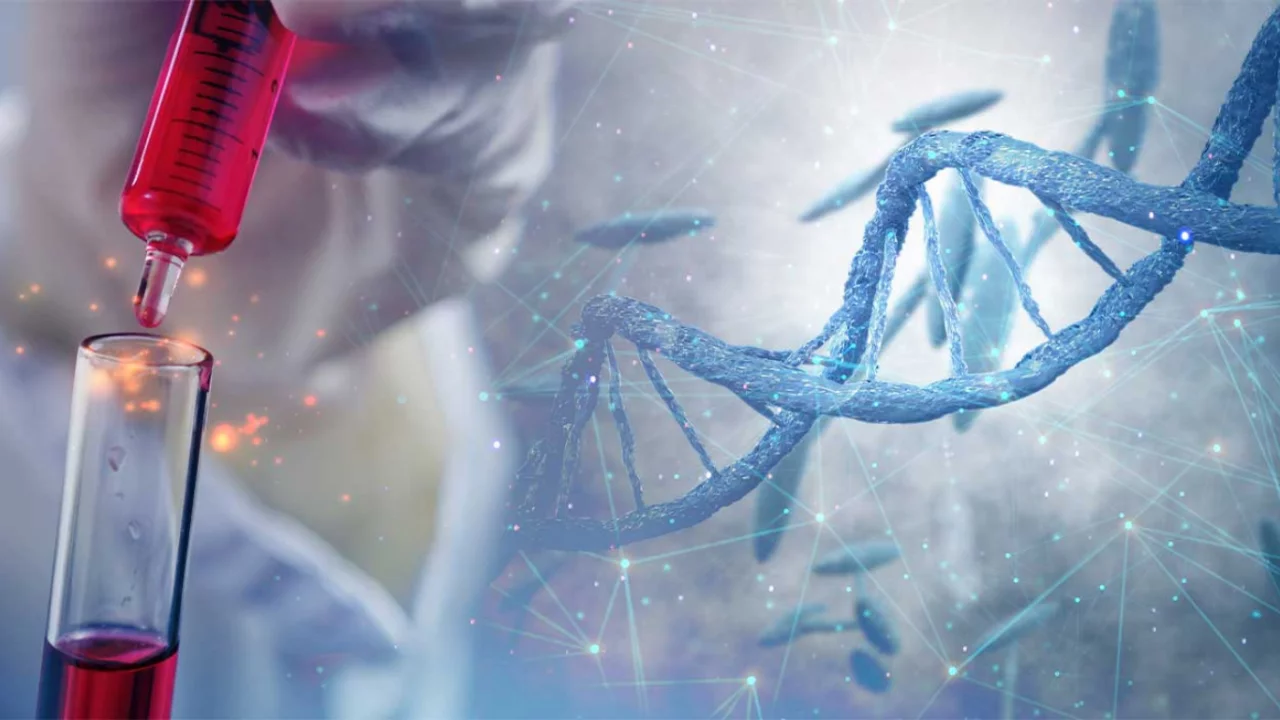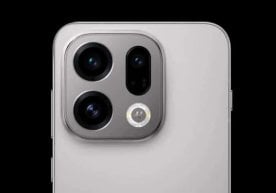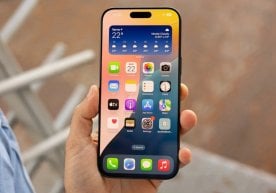
Aging is not limited to external signs; it is a complex biological process that occurs in every cell of the body. A new breakthrough has been achieved in understanding and controlling this complexity: scientists at the University of Tokyo have developed a technology that can detect aging cells without biochemical reactions — that is, without the use of special markers.
According to a study published in the IEEE Sensors journal, this method is called frequency-modulated dielectrophoresis (FM-DEP). Its core principle is that cells behave differently in a varying electric field. In other words, aging and young cells react differently to electrodes. This difference is referred to as the “separation frequency” and is linked to changes in the cell membrane's composition.
What’s the difference?
Previously, fluorescent labeling — the use of special chemicals — was required to identify aging, which could distort natural cell properties and complicate analysis. FM-DEP avoids these issues, as it requires no labeling and is entirely safe for cells.
Where was the research conducted?
The study was conducted using human dermal fibroblasts — connective tissue cells of the skin. The results showed that aging cells exhibited distinct changes in membrane lipid composition. This confirms FM-DEP as a reliable diagnostic tool for studying aging.
Why is this important?
This method could be used not only to detect aging processes but also in regenerative medicine and drug development. In the future, FM-DEP may be adapted to analyze other types of cells and used in broader medical applications.
Every step forward in the fight against aging contributes to a longer, healthier life. Identifying cell conditions using electric fields is becoming one of the most promising directions in modern medicine. Read “Zamin” on Telegram!
Ctrl
Enter
Found a mistake?
Select the phrase and press Ctrl+Enter Related news
Information
Users of Меҳмон are not allowed to comment this publication.
Users of Меҳмон are not allowed to comment this publication.













